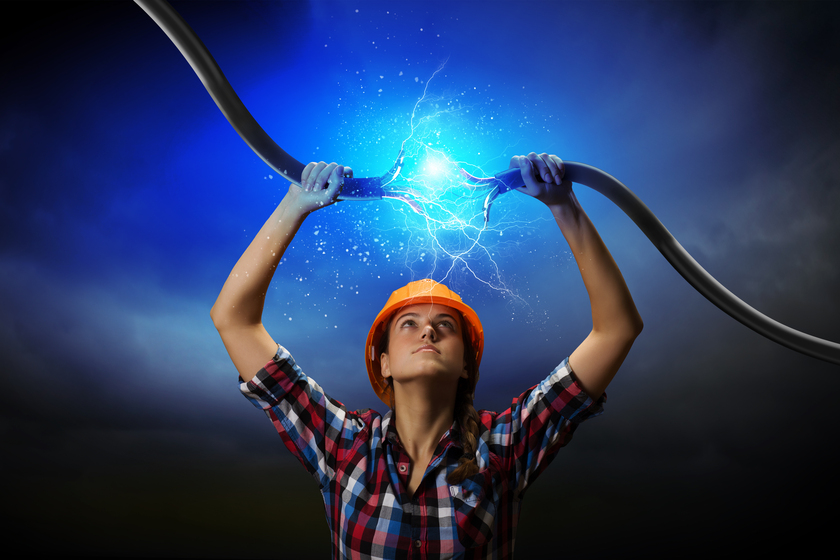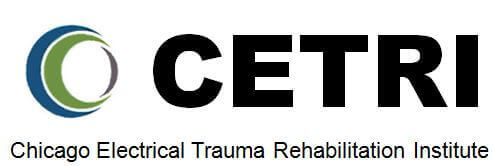Empowering Resilience: Essential Recovery Strategies for Electrical Injuries

Established in 2009, the Chicago Electrical Trauma Rehabilitation Institute (CETRI) represents the culmination of a collaborative, multi-institutional effort spanning two decades. Dedicated to advancing the comprehension and rehabilitation of injuries resulting from exposure to potent electromagnetic forces, CETRI serves as a non-profit organization committed to assisting patients grappling with persistent clinical challenges following survival from electrical shock or similar incidents.
Led by a team of seasoned clinicians and laboratory scientists with over three decades of collective experience, CETRI spearheads pioneering research to enhance the accuracy of detection, diagnosis, and rehabilitation modalities for the intricate health issues exhibited by certain survivors of electrical shock injuries. Their contributions have yielded significant medical breakthroughs and propelled advancements in understanding and managing electromagnetic force injuries.
Though relatively uncommon, electrical injuries can have devastating effects on individuals. Understanding the recovery process is crucial for ensuring optimal outcomes. This article will speak about the essential recovery strategies for electrical injury survivors, shedding light on the importance of rehabilitation and holistic care.
An Introduction to Electrical Injuries
Electrical injuries encompass a spectrum of trauma resulting from exposure to electrical energy. Whether it’s a mild shock or a high-voltage incident, these injuries can lead to significant physical and psychological consequences. Recovery from such injuries requires a comprehensive approach that addresses the immediate medical needs and the long-term rehabilitation and support systems.
Understanding Electrical Injuries
Electrical injuries can manifest in various forms, ranging from superficial burns to deep tissue damage and neuromuscular, including brain and cardiac, disorders. The severity of the injury often depends on factors such as the voltage and current, duration of exposure, and pathway of current flow. Common causes include accidental contact with live wires, faulty electrical appliances, and occupational hazards.
Immediate Response to Electrical Injuries
Prompt action is vital in mitigating the consequences of electrical injuries. Upon encountering such an incident, it is essential to immediately ensure the safety of the victim and others in the vicinity. Immediate steps include turning off the power source, assessing the victim’s condition, and administering CPR if necessary. Calling for emergency medical assistance is paramount to ensure successful intervention.
Medical Treatment for Electrical Injuries
Medical treatment for electrical injuries typically begins with immediate transfer to the nearest emergency department for assessment and stabilization before transfer to a major medical center. Â
Medical treatment for electrical injuries typically begins with immediate transfer to the nearest emergency department for assessment and stabilization before transfer to a major medical center.
Rehabilitation plays a crucial role in the recovery journey of electrical injury survivors. Its primary goals are to restore function, alleviate pain, and improve quality of life. This multidisciplinary approach involves coordinated efforts from various healthcare professionals, including physical, occupational, and mental health professionals.
Physical Therapy for Electrical Injury Recovery
Following an electrical injury, physical therapy aims to improve mobility, strength, and coordination. Therapists design customized exercise programs tailored to the individual’s needs, focusing on restoring range of motion and balance reducing muscle stiffness.
Occupational Therapy for Electrical Injury Recovery
Occupational therapy focuses on helping individuals regain independence in daily activities and return to meaningful roles within their communities. Therapists work closely with patients to develop adaptive strategies and assistive devices that enhance functional abilities. Activities may include self-care tasks, work-related skills training, and environmental modifications.
Speech Therapy for Electrical Injury Recovery
Speech therapy addresses communication and swallowing difficulties that may arise from electrical injuries. Therapists use specialized techniques to improve speech clarity, language comprehension, and swallowing function. Tongue-strengthening exercises and cognitive-linguistic tasks are incorporated into therapy sessions to promote recovery.
Psychological Support
The psychological impact of electrical injuries can be profound, often leading to feelings of anxiety, depression, and post-traumatic stress disorder (PTSD). Counseling and therapy provide a safe space for individuals to process their emotions, learn coping strategies, and rebuild their sense of self-worth. Psychologists play a crucial role in supporting patients through the emotional challenges of recovery.
Pain Management
Pain is a common symptom following electrical injuries, often stemming from tissue damage, nerve injury, or musculoskeletal strain. Pain management strategies may include medications, physical modalities such as heat or cold therapy, and complementary therapies like acupuncture or massage. A multidisciplinary team approach optimizes pain control.
Recovery Outlook
The long-term prognosis for electrical injury survivors varies depending on factors such as the severity of the injury, age, overall health, and access to rehabilitation services. While some individuals may experience complete recovery, others may face ongoing challenges and disabilities. Early intervention and comprehensive rehabilitation significantly improve the chances of long-term success.
Conclusion
Empowering resilience in electrical injury survivors requires a holistic approach that addresses the physical, psychological, and social aspects of recovery. By implementing essential recovery strategies and embracing a multidisciplinary care model, we can optimize outcomes and support individuals on their journey toward healing and restoration.
FAQs
How long does it take to recover from an electrical injury?
Recovery time varies depending on the severity of the injury and individual factors. Some individuals may achieve full recovery within weeks or months, while others may require long-term rehabilitation therapy under managed by experienced therapists.
What are the long-term complications of electrical injuries?
Long-term complications may include chronic pain, peripheral neurological disorders, lack of strength and/or coordination, and psychological effects such as anxiety and depression.
Is rehabilitation necessary for all electrical injury survivors?
Rehabilitation is highly recommended for all electrical injury survivors to maximize functional recovery and improve quality of life..
Can electrical injuries cause permanent disability?
In severe cases, electrical injuries can result in permanent disability due to tissue damage, nerve injury, or other complications. However, early intervention and comprehensive rehabilitation can help mitigate the extent of disability.
How can I prevent electrical injuries?
To prevent electrical injuries, it’s essential to observe safety precautions such as using insulated tools, wearing protective gear, and avoiding contact with live wires. Regular inspection and maintenance of electrical systems also help to reduce the risk of accidents.
